Introduction
As school-based physical education (PE) struggles with limited time, scheduling constraints, and declining curricular emphasis, the value of before- and after-school physical activity (PA) programs has grown dramatically. This groundbreaking book—Before- and After-School Physical Activity Programs—responds to a major gap in English-language literature by offering a global, critical, and contextual analysis of out-of-school PA programming. It draws on diverse international contributors to explore theory, practice, and implementation frameworks that promote equity, wellness, and engagement—especially for underserved youth.
Why These Programs Matter
The central argument is clear: PA programs outside regular school hours are uniquely positioned to address gaps in physical, social, and emotional development for young people. Unlike formal PE classes, which often suffer from rigid time structures and content limitations, out-of-school programs allow for:
Extended engagement
Relationship-building
Skill development
Youth-centered flexibility
These benefits are particularly significant in the United States, where systemic inconsistencies in PE access (e.g., 30 minutes biweekly in some schools vs. daily PE in others) leave many students without adequate movement opportunities. The editors argue that these flexible, voluntary environments provide fertile ground for holistic development.
Frameworks that Guide Programming
The book organizes its content around three core themes: 1) theoretical frameworks, 2) case studies from underserved populations, and 3) critical issues such as funding and inclusivity. Chapter 1, written by Centeio, Erwin, Barcelona, and McKown, lays the groundwork by exploring how the Whole School, Whole Community, Whole Child (WSCC) and Comprehensive School Physical Activity Program (CSPAP) models can guide implementation.
These models, grounded in Bronfenbrenner’s ecological systems theory, stress the importance of:
Environmental and social support
Holistic youth development
Cross-sectoral collaboration (schools, families, communities)
They argue that CSPAP’s five components—PE, PA during school, before/after-school PA, staff involvement, and community engagement—offer a roadmap to systemic change.
Results: What the Evidence Shows
The chapter provides encouraging results from U.S. and international programs:
REACH (U.S.): After-school club integrating literacy and PA showed strong engagement in under-resourced settings.
Active School Flag (Ireland): Promoted autonomy and strategic planning in schools to boost PA time.
Finnish Schools on the Move: Encouraged customized whole-of-school PA initiatives, including active commuting.
YMCA Programs: Studies showed 10.5 additional minutes of moderate-to-vigorous physical activity (MVPA) compared to control sites.
Healthy Kids Club (Michigan): Added 8.69 minutes of MVPA weekly with healthy snacks and fun fitness components.
Additionally, the National AfterSchool Association's HEPA standards now guide many before- and after-school programs, emphasizing inclusivity, MVPA targets, and structured yet enjoyable movement. However, implementation and monitoring remain inconsistent.
Challenges and Future Directions
Despite promising case studies, systemic challenges persist:
Fragmented leadership: School-based and community-run programs often lack shared accountability.
Funding barriers: Unlike Europe, many U.S. programs rely on private foundations like the After School Alliance.
Uneven adherence to standards: Though policy exists (e.g., CQ10–CQ18 of HEPA standards), effectiveness is not well-tracked beyond MVPA.
Importantly, the authors argue that policy alignment and cross-sector collaboration are essential to building sustainable programming. They urge researchers and practitioners to go beyond just measuring MVPA and assess whole-child outcomes including social-emotional learning (SEL), enjoyment, engagement, and equity.
Key Takeaways
Out-of-school PA programming fills critical gaps left by restricted PE time.
WSCC and CSPAP frameworks guide integrated approaches that connect health, education, and community.
Programs must reflect local context—what works in rural Finland may differ from inner-city Detroit.
Policy and practice must converge, with consistent standards (e.g., HEPA) applied across settings.
Research must expand beyond MVPA, capturing broader developmental and psychosocial benefits.
Conclusion
This edited volume is a call to action: before- and after-school PA programs are not just add-ons—they are foundational spaces for cultivating lifelong wellness, equity, and learning. By aligning with comprehensive models and prioritizing underserved communities, we can reimagine the potential of out-of-school time. For educators, researchers, and policymakers alike, this book offers a timely and vital roadmap for a more active, inclusive, and just future.
Full Article:
Marttinen, R., Centeio, E., & Quarmby, T. (Eds.). (2020). Before and after school physical activity programs: Frameworks, critical issues and underserved populations. Routledge Sport and Leisure. https://doi-org.mutex.gmu.edu/10.4324/9781003051909
This blog post was written with the assistance of AI to support clarity and accessibility. It is intended to help disseminate and discuss research findings with a broader audience. However, for the most accurate and reliable information—including conclusions and practical applications—please refer to the original peer-reviewed publication on which this blog is based. The peer-reviewed article remains the most authoritative source.
